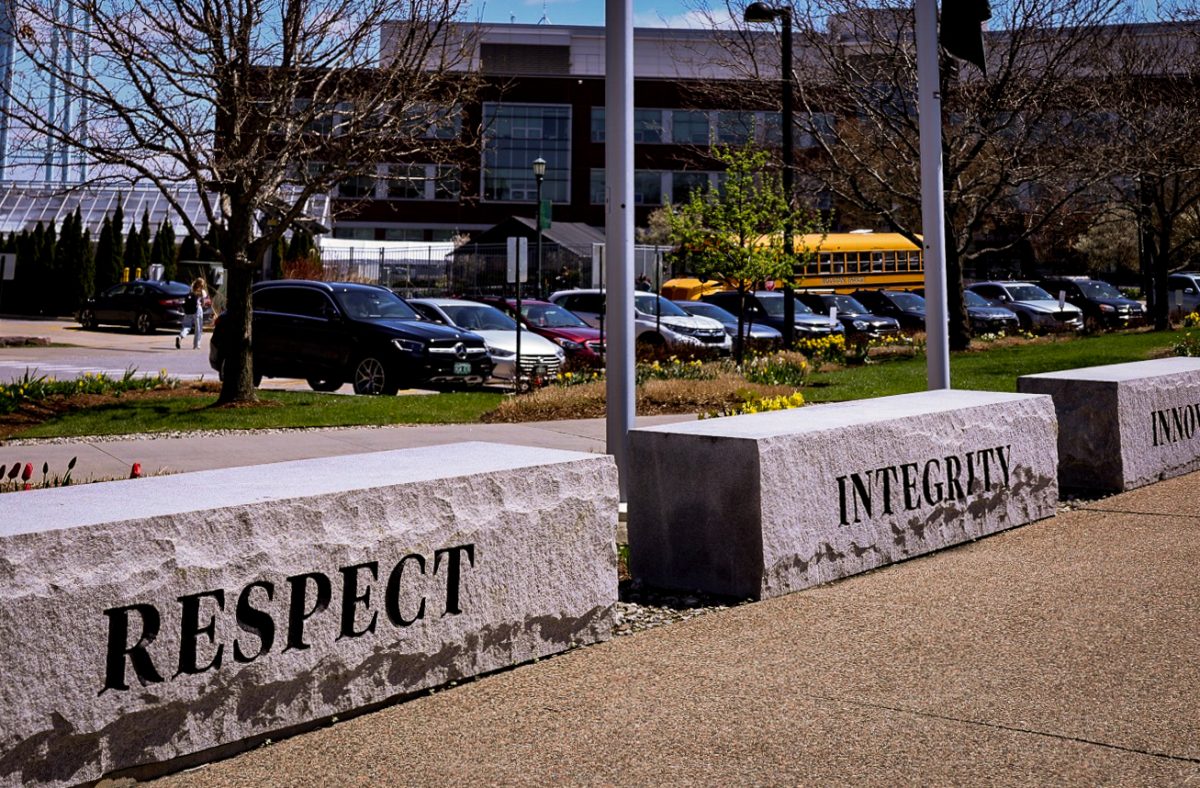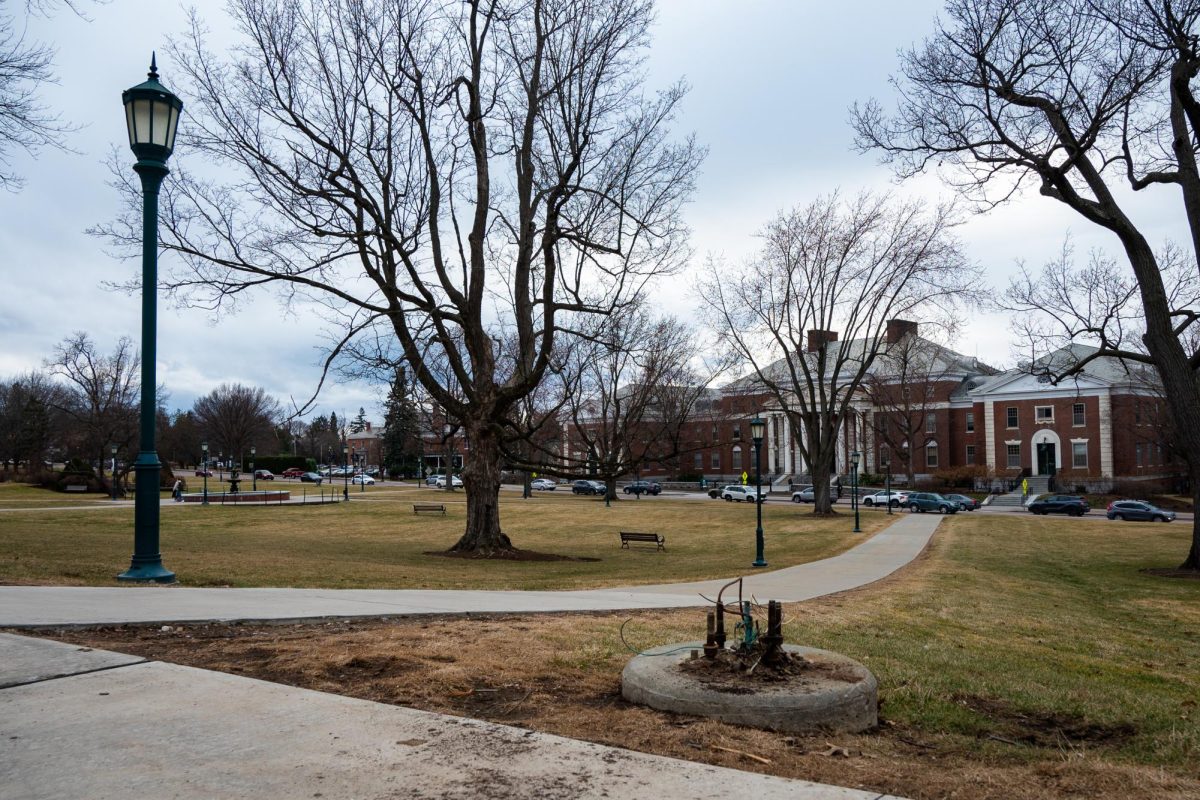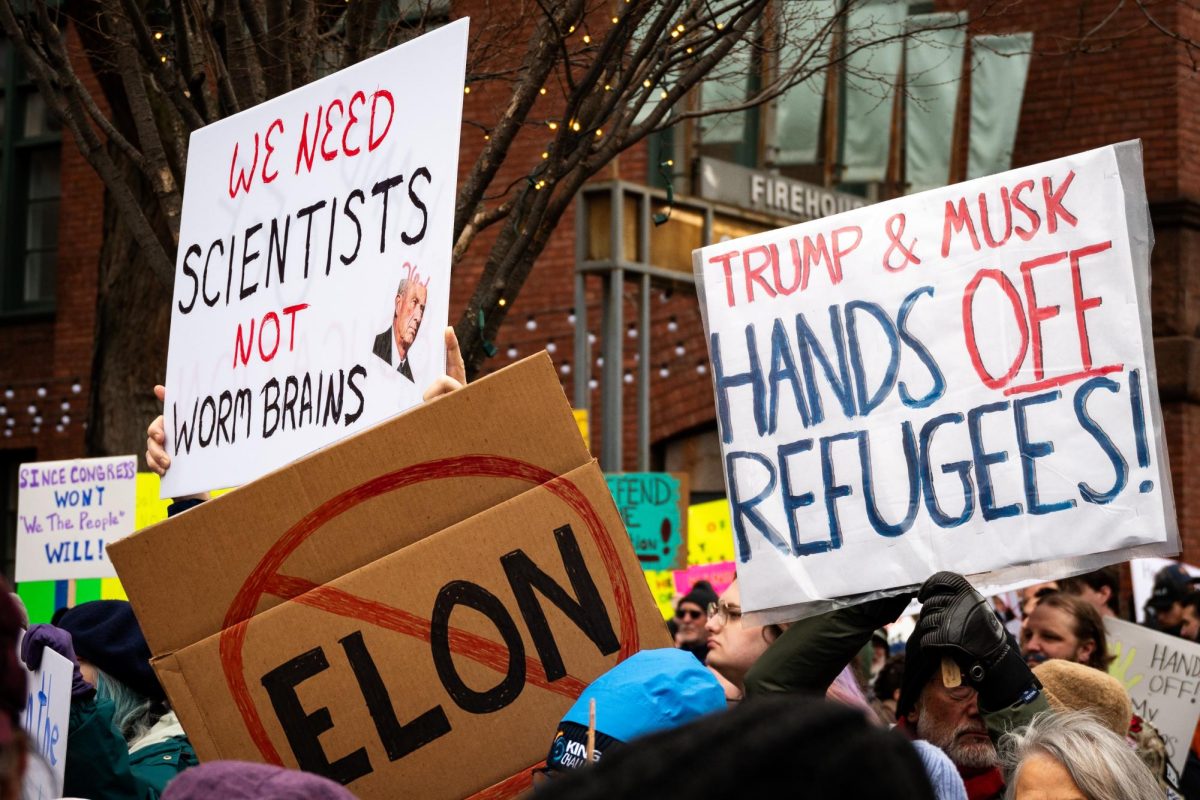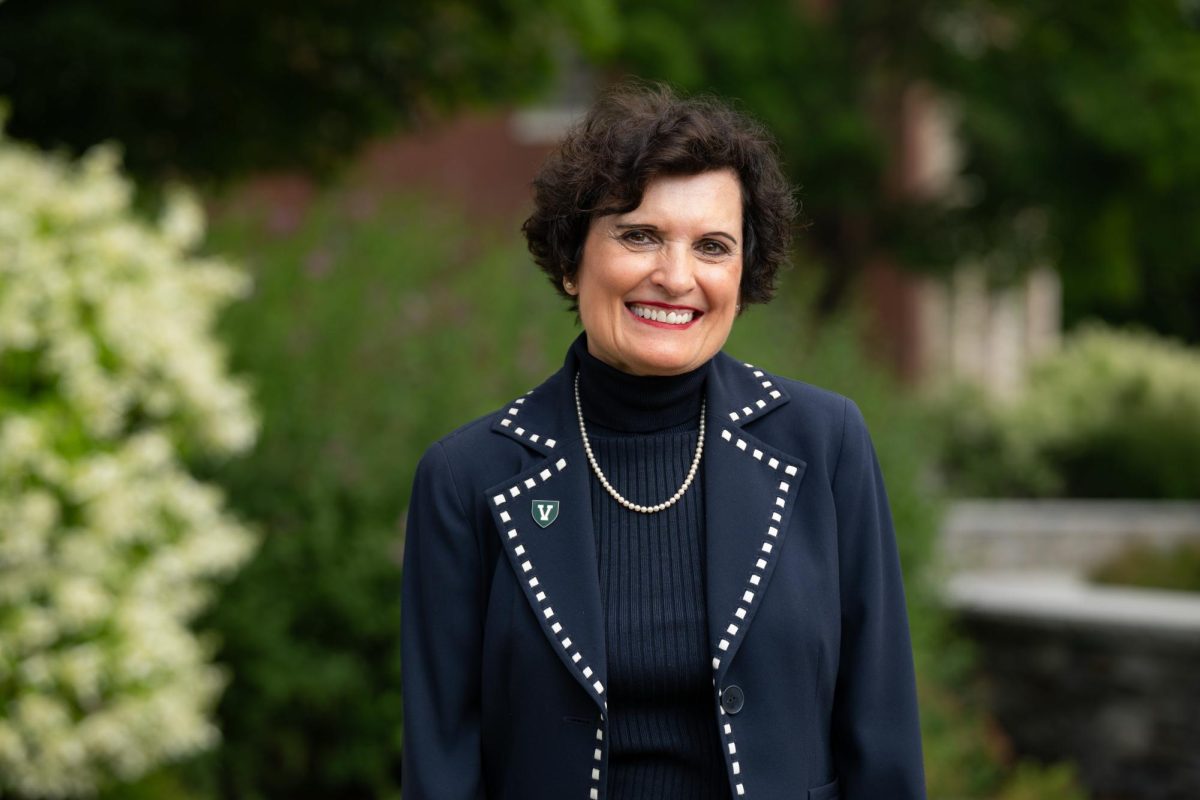This was a historic week, that is for certain.The past week saw the Dow Jones’ single largest point drop in history, though only the largest percentage drop in seven years, as well as the Senate’s approval of an unprecedented $700 billion bank bailout plan.Less clear for many, however, is what exactly led to this week’s events and how the activity on Wall Street will affect life on Pearl Street.THE CAUSEThe beginning: 1998. At that time, real estate was affordable and it was becoming easier to get loans.Then Wall Street devised the buzzword of 2008 and the impetus for the current crisis: sub-prime mortgages.Sub-prime mortgages, according to Karen Pence of the Federal Reserve Board’s 2008 article, “Subprime Mortgages: What, Where, Whom?,” were housing loans given to Americans who would historically not have had the credit to qualify for such a loan.These loans came with higher interest rates, and thus higher returns, making them attractive to investors.According to David Leonhardt’s New York Times article published March 19, 2008, “Can’t Grasp Credit Crisis? Join the Club,” brokers sold these mortgages to smaller banks and smaller banks sold them in turn to large Wall Street investment firms.These investment firms then had huge sums of money, known as mortage-backed securities, flowing in from monthly mortgage payments, which they promptly sold shares of to global investment managers.Housing loans were so profitable and seemed like such a safe investment that these global investment managers eventually owned a fair deal of American mortgages, Leonhardt said. However, when individuals with bad credit are given large loans with high interest, mortgages stop being such a secure investment.According to Leonhardt, in 2007 housing prices fell, so many people who bought homes they could not afford were not able to simply sell the house and use the profit to pay off their mortgage. They defaulted and the investors who owned their mortgages lost money.Leonhardt also notes that, as a result, the global investors have stopped lending out cash and are instead waiting to see just how much money they will lose because of bad loans. This means companies who rely on credit no longer have the access to money they need.Which leads us to this week’s $700 billion bailout plan, intended to buy up mortgage-backed securities and provide the market with capital it needs to sustain the economy, according to the bill’s proponents.THE EFFECTWith constant mention of tightening credit flow in the news, many UVM students are left wondering how this crisis will affect their ability to pay tuition.According to the UVM 2008 Source Book, almost 60 percent of undergraduates receive financial aid, and close to half of that money comes in the form of loans.Marie Johnson, the Administrative Service Manager in UVM’s Student Financial Services, explained that private loans, which have become more popular in recent years due to college costs outpacing financial aid, may come with higher interest rates, or may simply be unavailable as lenders react to the volatile market.”This crisis has caused companies that used to be available to tighten up cash flow in certain areas,” Johnson said.Indeed, the largest student lender in the nation, SLM Corp, better known as Sallie Mae, has stopped making private loans to students who attend schools with low graduation rates and more defaults, according to CEO Albert Lord.Luckily, the University of Vermont does not fall in that category.”The situation is not as bleak for UVM as for some other schools,” Johnson said. “We’re in a good place as far as lenders who want to work with us.”This is due in large part to UVM graduates’ historical success in paying back student loans. The Federal Student Aid Web site says that, in 2006, UVM’s cohort default rate, “the percentage of graduates who default on repayment of their student loans in a given year,” was only 0.8 percent, compared to the national average of 5.2 percent.While money for loans will remain available, the current economy still presents concerns. “Students and parents will have to make tougher decisions about what they can afford,” Johnson said. “UVM doesn’t have deep pockets to dip into, we can’t cover 100 percent of financial need.”Congress, in response to the concern that there will be more students in need of loans than there will be money available, has provided some security on the issue, passing the Ensuring Continued Access to Student Loans Act of 2008 in May. This act guarantees that federally-backed loans, such as the Stafford Loan or PLUS loan, will remain accessible to college students who qualify.While Johnson says that Financial Services has not seen a large change in students’ ability to pay tuition on time this semester, she said, “We don’t fully know what the impact will be.”Along with worries about how to pay for college, many students are worried about how the job market will look after graduation.According to Louis Uchitelle’s New York Times article, “U.S. Jobless Rates Rises 6%, Highest Since ’03,” unemployment rates are currently the highest they have been since 2003, at 6.1 percent as of August.However, Pamela Gardner, Director of Career Services, has not started to worry.”So far what we’ve seen in terms of retraction is pretty limited, more limited than I expected,” she said.Gardner said that certain areas like banking are, for obvious reasons, currently shrinking and no longer recruiting employees at UVM.”But we are still seeing a number of opportunities for students,” she said, adding that there are sectors currently hiring quite actively.”One of the largest growth areas has been government. There are large numbers of expected retirements right now, up to half of the workforce in some areas [of the government],” Gardner said. “We’re also still expecting that the need in health care is going to stay very high.”While there may be fewer jobs advertised in coming months or years, Gardner said that’s not something to necessarily worry about.”About 80 percent of jobs are filled through personal contacts, not job listings. We have an alumni network of 2,600 volunteers who want to help UVM graduates and students.”Though unemployment rates may continue to rise, “The job market for college graduates has not fallen apart,” Gardner said.
Categories:
IT ALL MELTS DOWN TO THE GREEN
October 7, 2008
0
More to Discover







